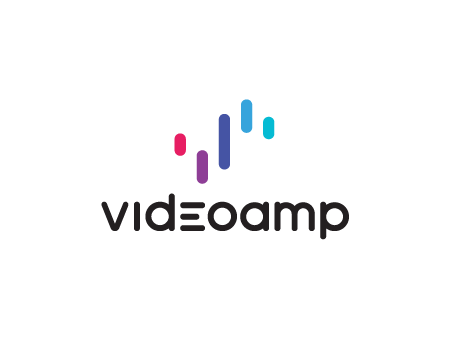Brand Innovators Advertising Week 2019 – The Future of Media: TV & Digital Video
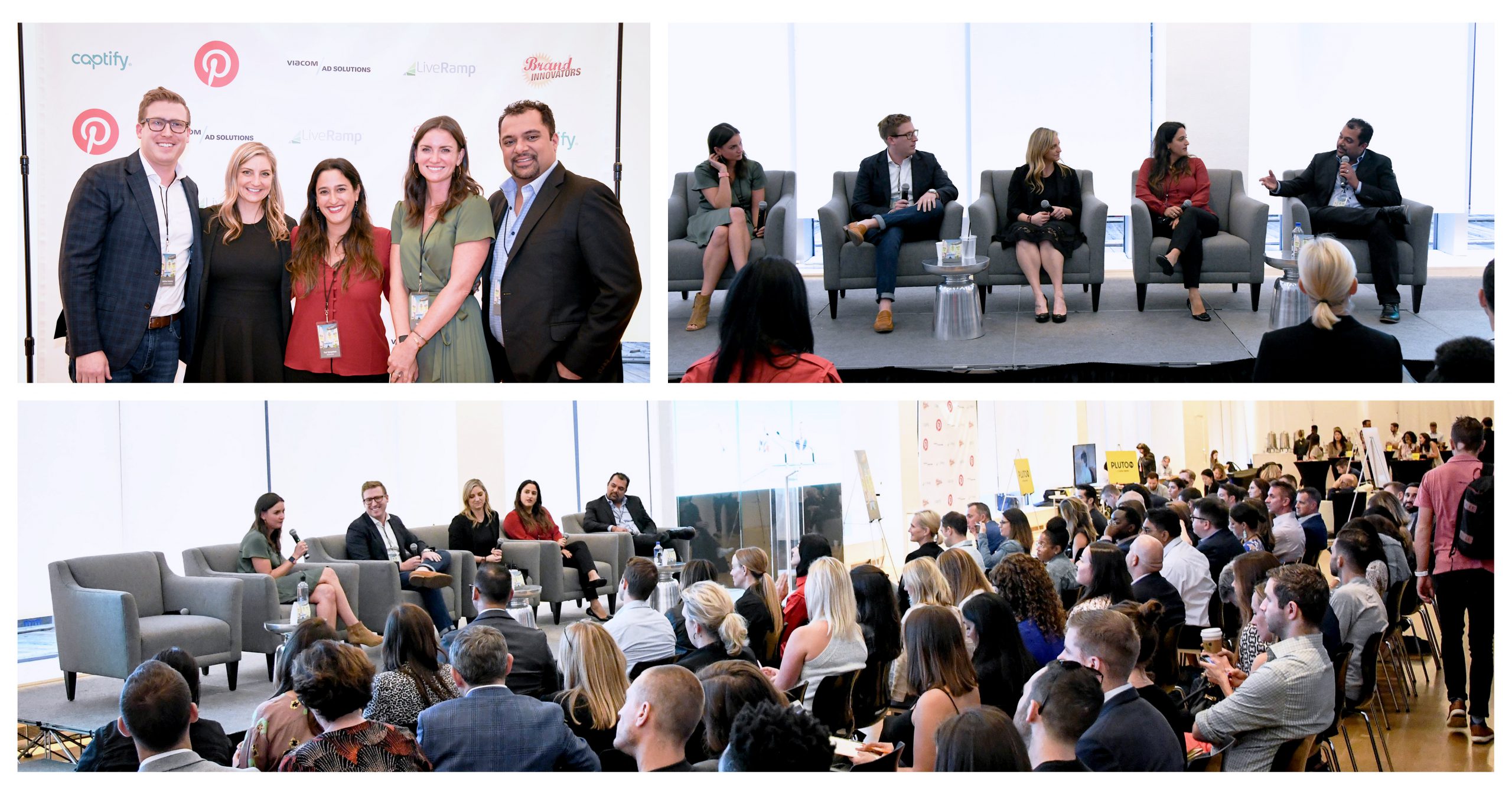
It’s been a busy few weeks in New York City. First, a number of world leaders met to discuss the hugely important topics of climate action, health coverage and sustainable development as part of the UN Summit. Meanwhile, just a stone’s throw away, some of the most innovative and biggest minds in advertising met at Advertising Week New York, also discussing the above topics and what the ad industry can do to influence change, while covering some of the hot trends affecting ad land as a whole.
Another event that we were proud to support was the Brand Innovators at Advertising Week 2019 in NYC Summit, consisting of a number of panels throughout the week covering topics, such as women in marketing, the importance of marketing innovation and the future of video advertising. I was proud to chair the panel, The Future of Media: TV & Digital Video, which included incredible brand representatives – Kate Brady, Head of Media Partnerships and Innovation at PepsiCo, Melissa Grady, Chief Marketing Officer at Cadillac, Matthew Fantazier, Head of Marketing – US Baby Brands at Johnson & Johnson, and Traci Spiegelman, Director – Global Media at Mastercard, who joined us on stage to discuss how they are adapting their video advertising strategies based on modern consumption habits and global media trends.
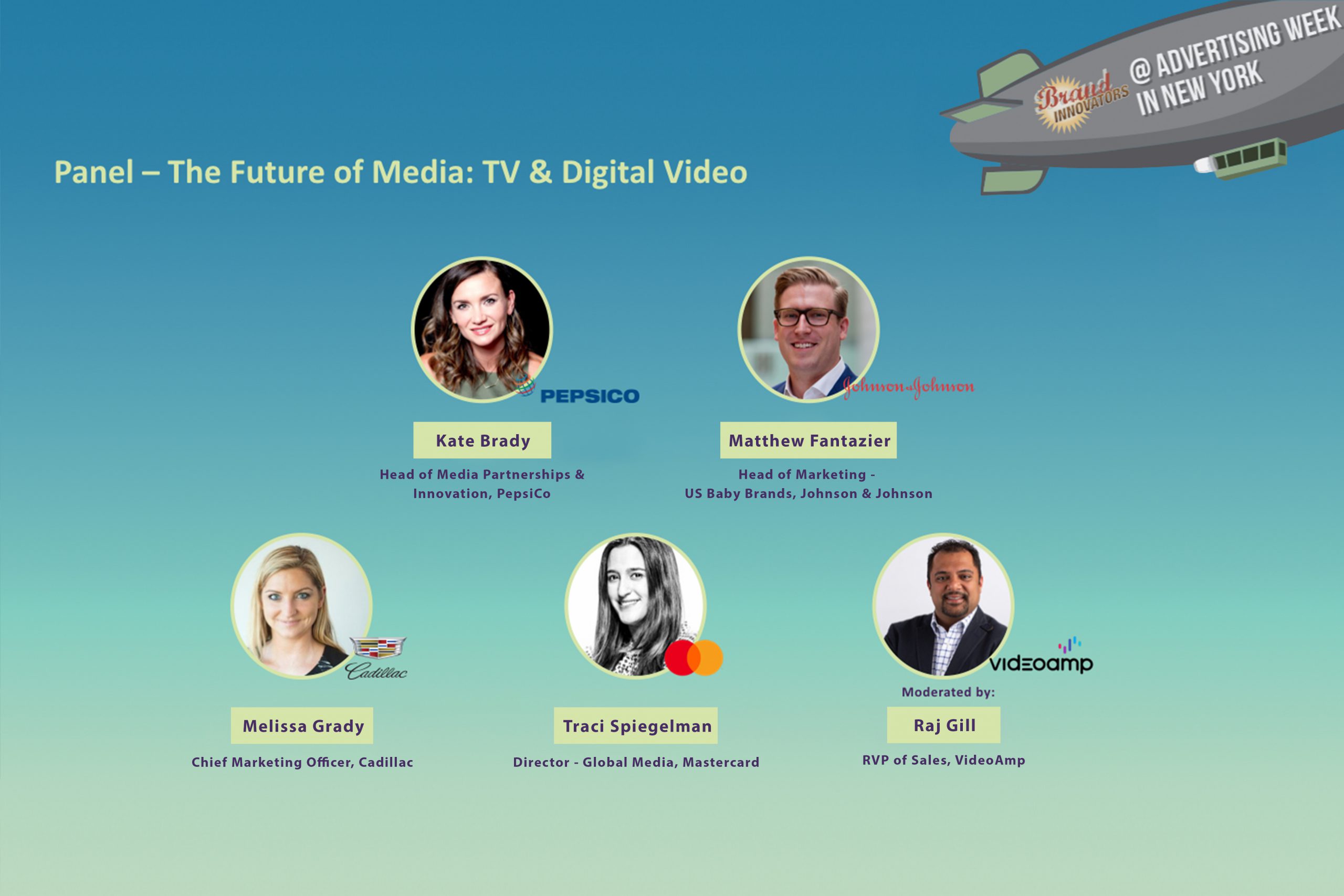
These panelists at Brand Innovators highlighted some interesting challenges they face in communicating with their consumers across various touchpoints and the importance of video as part of this strategy.
Planning and Audiences
At Pepsi, they take a consumer-first approach to planning. The main aim is to understand where the consumer is watching content to serve the right messaging at the right time. Kate added that they are leveraging data and scrubbing it to ensure they can personalize messaging. Meanwhile, Pepsi is taking a conscious and aggressive effort to test new placements, whether it’s OTT, linear or at the gas station.
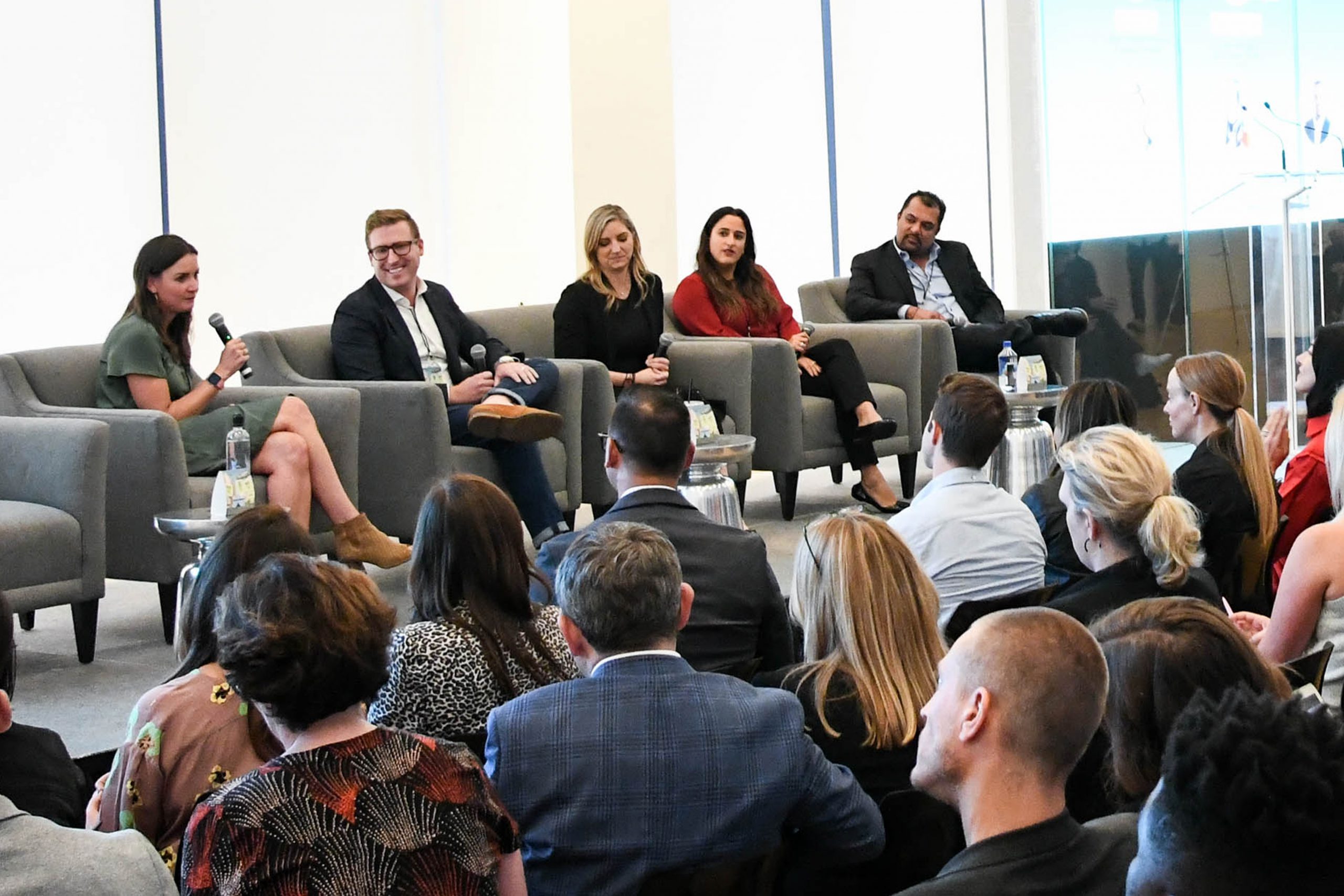
Cadillac takes a slightly different approach, looking at how their audience indexes against different things to inform their strategy. Cadillac takes the audiences and the audience data to figure out where consumers are most likely viewing content. Melissa mentioned that they look at the touchpoint to ensure they tailor the message. For linear, they use the channel to get the message out. For everything else, they know who they are reaching, then they segment and use the various channels together to drive the message further. The consumer will see different messages depending on the segment, and the online messaging will be tailored to support this.
Measuring Campaign Success
Measurement in video seems to be a major challenge for brands, and it’s something they are all trying to navigate. Many admitted that they hadn’t gotten it quite right yet, and are looking at more accurate ways to measure the success of a campaign, beyond looking at reach. Some brands are taking measurement into their own hands, with Pepsi building their own internal tools to achieve real-time reporting, which allows them to get over the lag for reporting on investments. This allows them to optimize in a better fashion to make every dollar count.
Melissa at Cadillac explained that measurement is what they all struggle with most. Most brands know who their audience is, and Cadillac is working with third-party sources to understand who ultimately makes a purchase with them, and who buys competitor vehicles. Not only do they look at the current ideal consumer, they also look at the profile of a future Cadillac owner to focus on building their relationship with the brand.
For an impression to count, you need to make an impression, according to Traci at Mastercard. But it’s hard to do that in a fragmented world. Mastercard instead looks at how many people complete the video and view through, as well as how people are engaging with the brand, rather than just looking at impressions. Mastercard doesn’t measure the back end, so it makes it even more difficult to understand the impact of a campaign. They’re implementing brand lift studies as much as possible to more accurately see the impact of campaigns.
Matthew explained that Johnson & Johnson hasn’t gotten multi-touch attribution right yet. It’s hard to see which parts are performing and driving the increase in interest when you are running a campaign. He explained that brands have historically done a good job with data in terms of targeting, but the next step is to infuse this into the creative process to understand more about who the consumers are and why they are using a product. Do they have a child? A toddler? Or are they an adult using the product? All of these audiences have different needs, if they know where people are dropping off, it allows them to iterate.
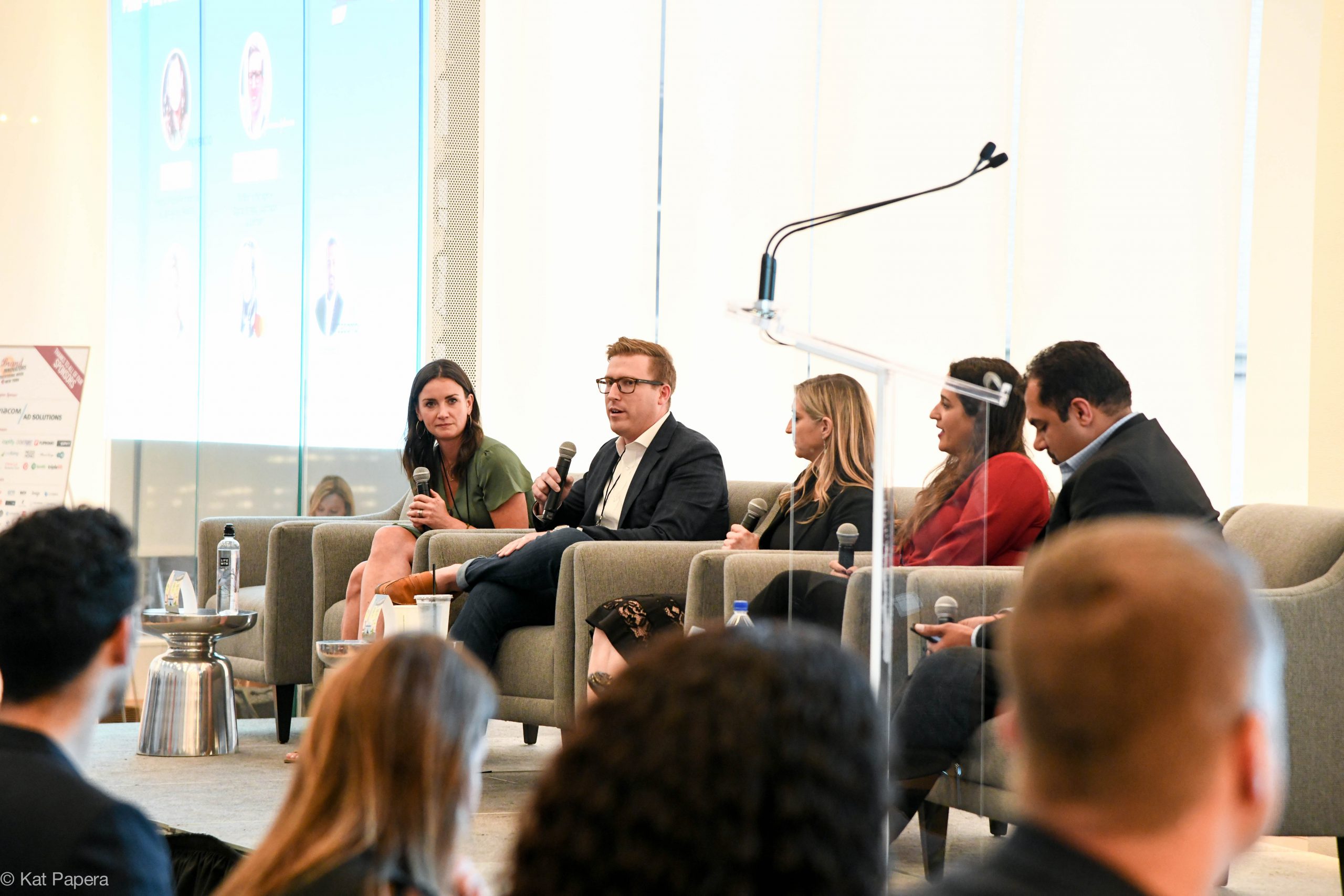
What’s Next?
At Mastercard, Traci predicted that TV will be under a microscope, as there is so much that we don’t know and don’t understand, especially in terms of measurement and targeting. This will be a challenge, in which accurate measurement will play an important part.
Melissa at Cadillac feels that the proliferation of apps and streaming services will have a huge impact on the industry. If consumers are watching content through a variety of different apps, then buying will need to become easier. For consumers, it’s becoming more confusing as there is so much choice, especially with the likes of Disney+ launching later this year, and Melissa feels that we may see some consolidation as a result, which may ultimately make it easier for consumers to decide what to watch.
According to Matthew at Johnson & Johnson, we will start to see more interactive video, allowing brands to fight for attention and relevancy. It will enable brands to collect data directly from the consumer, also gathering accurate data points that can’t be purchased elsewhere.
Finally, Kate at Pepsi added that she hoped to see a lot more advancements in the opportunity for personalization at scale, which would ultimately allow brands to deliver more specific messages to the right person.
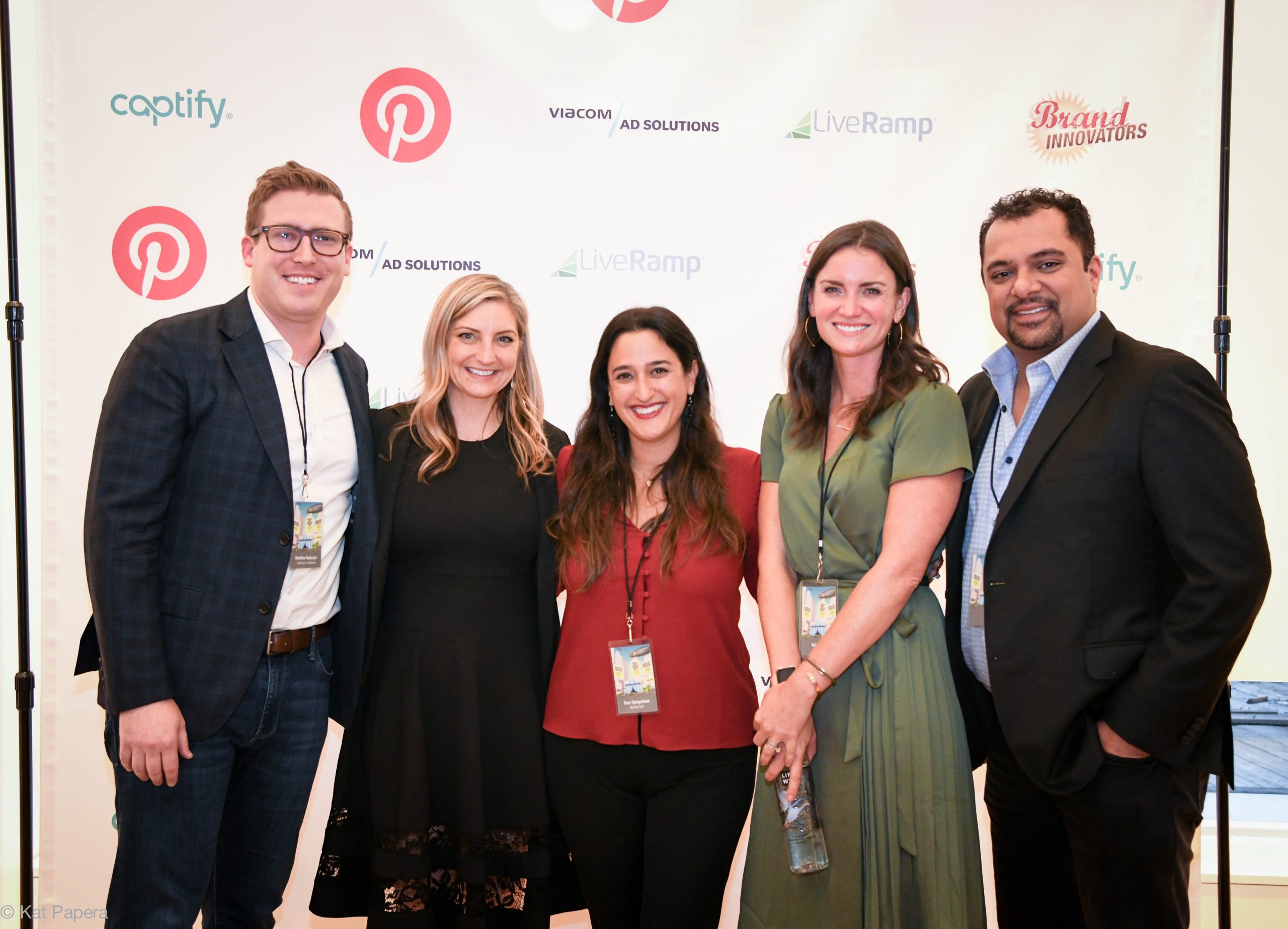
VideoAmp’s panel took place on Thursday, September 26th as a part of the Brand Innovators at Advertising Week in NYC Summit.
Contact us to learn more about how VideoAmp helps increase media efficacy for global consumer brands with our Cross-Screen Measurement solution. You can also learn more about how an automotive brand’s TV and digital campaign went above and beyond with VideoAmp.
